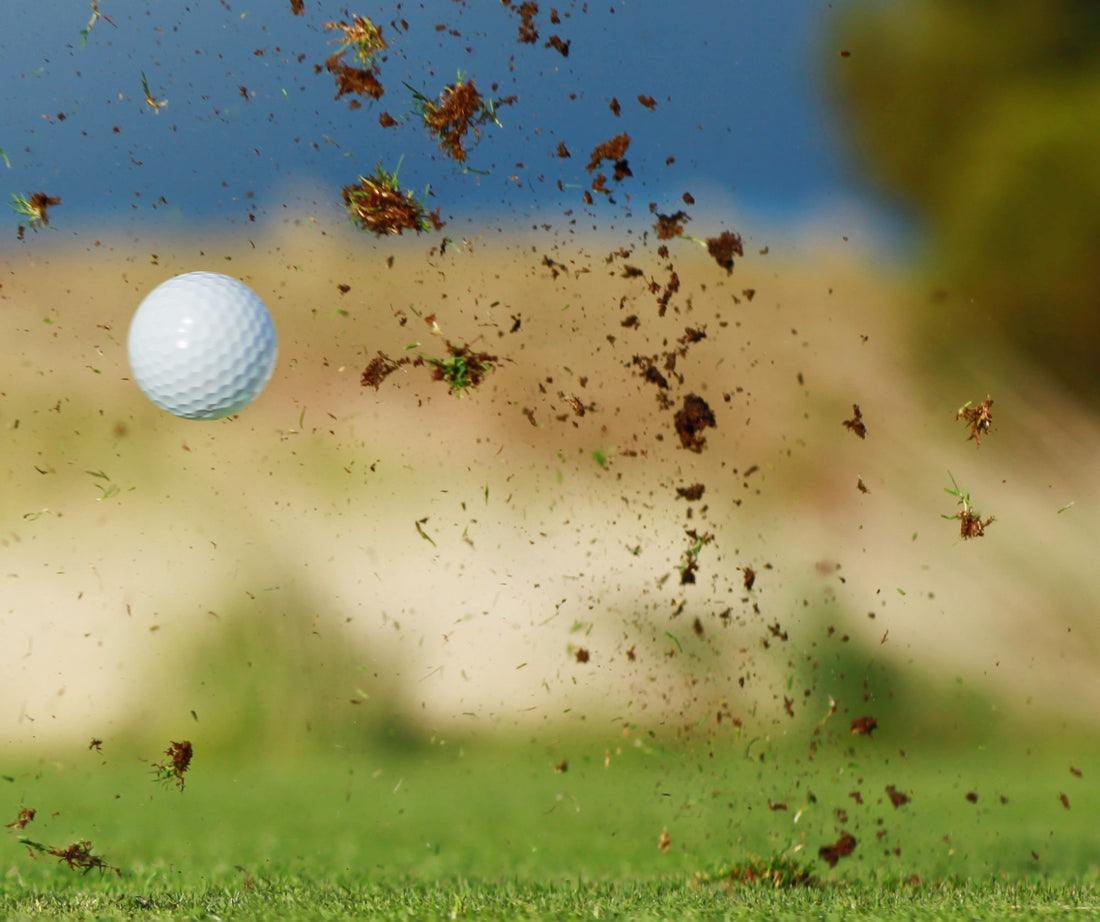Golf balls are marketed as having high or low levels of spin, so is spin good or bad, and what causes it?
TLDR
Spin is great if you are a pro, but sucks if you suck. The make-up of a ball helps increase spin or decrease it, expensive 3-piece balls tend to spin heaps and the reasonably priced 2-piece balls not so much. So, if you’re good at Golf, spend the extra money and buy 3-piece balls. If, like me, you’re an average golfer, a 2-piece ball saves you money and means you can play golf rather than going on a 5 hour ball hunt.
What causes spin?
Spin happens when your club face makes contact with your ball, and it happens with every club, even your putter. The amount of spin produced depends on a lot of things, including club face loft, how clean the club is, how sharp the grooves on the club face are, the angle the club hits the ball, how clean you hit the ball, how fast you swing and the ball you are hitting. There are 3 types of spin in Golf, backspin, sidespin, and topspin.
Backspin is controlled by the angle of your club face, so a driver will produce very little backspin, but a wedge will produce a lot.
Sidespin is caused by the path of your swing when you hit the ball. This means if you don’t swing perfectly through the ball in a straight line to the pin, you will create sidespin. This is what causes a slice (hitting the ball and it spins way right) or a hook (spins way left). To improve these, if you just call those shots fades (controlled spin to the right) and draws (controlled spin to the left) then it sounds like you are doing it on purpose.
Topspin should only happen when putting, this is the spin that gets the ball rolling rather than bouncing across the green.
Why does spin it matter?
Spin allows you to stop your ball quickly on a green or shape a shot around a tree, but it is also the reason higher handicap golfers really struggle to hit the ball straight. If you ever wondered why your drive starts flying down the middle of the fairway only to end up in the trees, blame spin. On the flipside, if you have ever wondered how pro golfers send the ball 2 meters past the hole, only to have the ball magically back up and end up almost going in the hole, they are using spin to their advantage.
Why is the ball important?
The amount of spin you produce from a shot can vary a lot depending on the ball you use. The ideal combination for a spinning ball is a high compression core (check out our compression blog) and a soft outer cover.
Most 3-piece balls are designed like this, generally using a soft Urethane cover, which grips the club face on impact and produce high spinning shots.
2-piece balls tend to have a firmer Ionomer (Surlyn) cover with a softer core, to try to do the exact opposite and save you from the spin you have just accidentally produced.
When do you want spin?
The most important time to be able to get the ball to spin is when you are hitting the ball onto the green, whether it is a long iron from 180m out, or a pitch from 10m out, if you have the skills to hit the green you really want some backspin to get that ball to stop and stay there.
So is spin good, or bad?
Spin is great when you land your ball on the green and want it to stop, while also being the thing that is likely stopping you from being able to hit a green in the first place. You will have moments of both good and bad spin throughout a round, but if you can master how to control the spin of a Golf ball, this is when you can really start improving your scores. Getting lessons will always be the best way to learn this control, but making sure you have the right ball for your skill level will ensure you can enjoy the skills you have and continue to bring those scores down.
If you are looking for extra spin in your game, check out our range of 3-piece Golf balls – Dormie.co.nz

